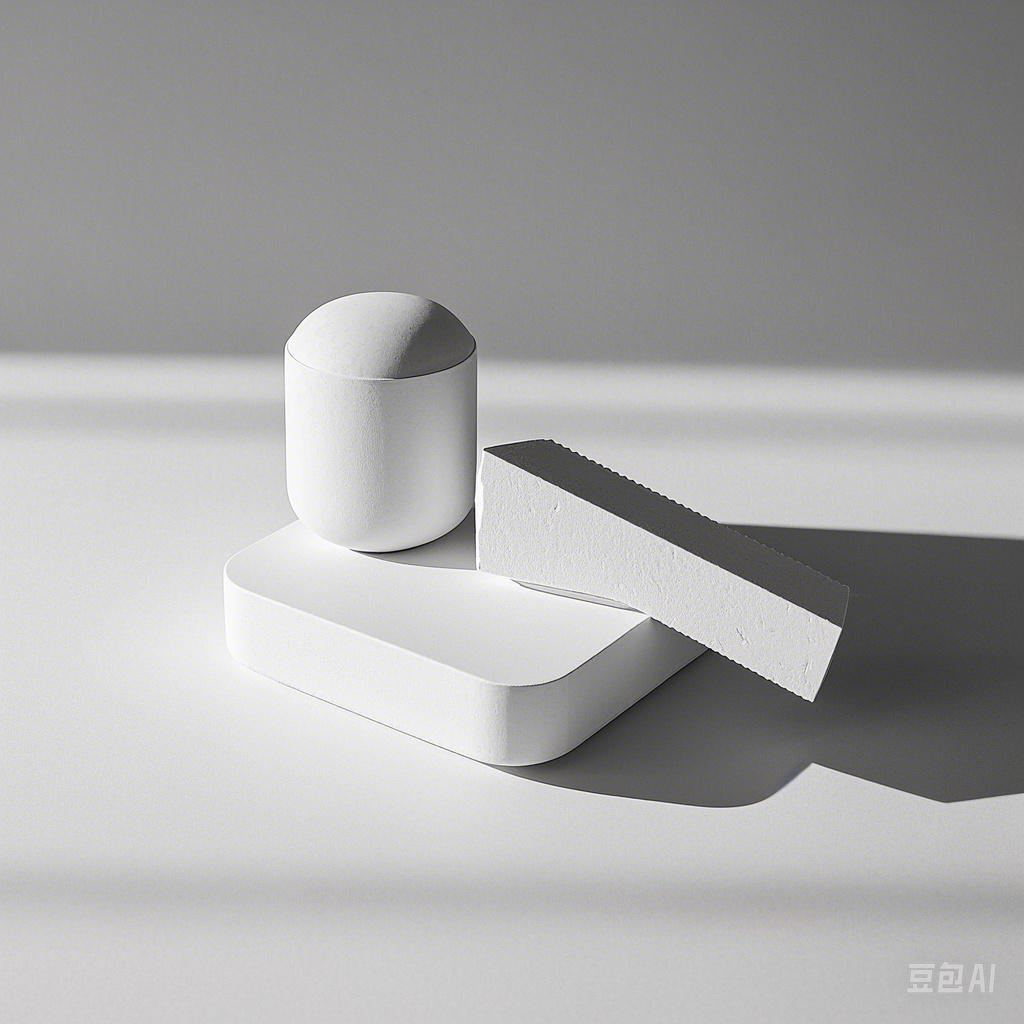智能家居行业作为现代科技与生活紧密融合的产物,近年来发展迅速。随着5G、物联网、人工智能等技术的不断成熟,智能家居行业呈现出多样化的创新趋势。本文将深入解析智能家居行业中的专利技术革新,带您一窥这一领域的未来发展。
一、智能家居行业概述
智能家居是指通过物联网、云计算、大数据等技术,将家庭中的各种设备连接起来,实现智能化管理和控制。智能家居行业涵盖了智能家电、智能安防、智能照明、智能环境等多个领域,旨在为用户提供便捷、舒适、安全的居住环境。
二、智能家居行业专利技术革新
1. 物联网技术
物联网技术是智能家居行业发展的基石。近年来,物联网技术在智能家居领域的应用不断拓展,以下是一些典型的物联网专利技术:
(1)低功耗广域网(LPWAN)技术
LPWAN技术是一种低功耗、长距离、低成本的无线通信技术,适用于智能家居设备之间的数据传输。例如,华为的LPWAN技术已应用于其智能门锁、智能插座等产品中。
// 示例代码:LPWAN技术实现智能插座数据传输
public class SmartPlug {
private LPWANDevice lpwanDevice;
public SmartPlug(LPWANDevice lpwanDevice) {
this.lpwanDevice = lpwanDevice;
}
public void sendData(String data) {
lpwanDevice.sendData(data);
}
}
(2)蓝牙5.0技术
蓝牙5.0技术具有更远的传输距离、更高的传输速率和更强的抗干扰能力,适用于智能家居设备之间的近距离通信。例如,小米的智能家居产品大量采用了蓝牙5.0技术。
// 示例代码:蓝牙5.0技术实现智能灯泡控制
public class SmartBulb {
private BluetoothDevice bluetoothDevice;
public SmartBulb(BluetoothDevice bluetoothDevice) {
this.bluetoothDevice = bluetoothDevice;
}
public void turnOn() {
bluetoothDevice.sendCommand("ON");
}
public void turnOff() {
bluetoothDevice.sendCommand("OFF");
}
}
2. 人工智能技术
人工智能技术在智能家居领域的应用日益广泛,以下是一些典型的专利技术:
(1)语音识别技术
语音识别技术可以实现智能家居设备的语音控制,提高用户体验。例如,亚马逊的Echo系列智能音箱就采用了先进的语音识别技术。
# 示例代码:语音识别技术实现智能音箱控制
import speech_recognition as sr
def recognize_speech():
recognizer = sr.Recognizer()
with sr.Microphone() as source:
audio = recognizer.listen(source)
try:
command = recognizer.recognize_google(audio)
if "turn on the lights" in command:
turn_on_lights()
elif "turn off the lights" in command:
turn_off_lights()
except sr.UnknownValueError:
print("Google Speech Recognition could not understand audio")
except sr.RequestError as e:
print("Could not request results from Google Speech Recognition service; {0}".format(e))
def turn_on_lights():
print("Lights are turned on")
def turn_off_lights():
print("Lights are turned off")
(2)图像识别技术
图像识别技术可以实现智能家居设备的智能安防功能,例如人脸识别门禁、智能监控等。例如,华为的智能家居产品采用了先进的图像识别技术。
# 示例代码:图像识别技术实现智能监控
import cv2
def detect_faces(image):
face_cascade = cv2.CascadeClassifier(cv2.data.haarcascades + 'haarcascade_frontalface_default.xml')
gray = cv2.cvtColor(image, cv2.COLOR_BGR2GRAY)
faces = face_cascade.detectMultiScale(gray, 1.1, 4)
for (x, y, w, h) in faces:
cv2.rectangle(image, (x, y), (x+w, y+h), (255, 0, 0), 2)
return image
# 示例代码:调用函数进行人脸检测
image = cv2.imread("example.jpg")
result = detect_faces(image)
cv2.imshow("Detected Faces", result)
cv2.waitKey(0)
cv2.destroyAllWindows()
3. 云计算技术
云计算技术为智能家居行业提供了强大的数据存储、处理和分析能力。以下是一些典型的云计算专利技术:
(1)边缘计算技术
边缘计算技术可以将数据处理任务从云端转移到边缘设备,降低延迟,提高响应速度。例如,阿里云的IoT边缘计算平台已应用于智能家居领域。
// 示例代码:边缘计算技术实现智能家电控制
public class SmartAppliance {
private EdgeCompute edgeCompute;
public SmartAppliance(EdgeCompute edgeCompute) {
this.edgeCompute = edgeCompute;
}
public void control(String command) {
edgeCompute.processCommand(command);
}
}
(2)大数据分析技术
大数据分析技术可以对智能家居设备产生的海量数据进行挖掘和分析,为用户提供个性化服务。例如,腾讯云的智能家居大数据分析平台已应用于智能家居领域。
# 示例代码:大数据分析技术实现用户画像
import pandas as pd
def analyze_data(data):
df = pd.DataFrame(data)
user_profile = df.groupby('user_id')['action'].value_counts()
return user_profile
# 示例代码:调用函数进行数据分析
data = [
{'user_id': 1, 'action': 'turn on the lights'},
{'user_id': 1, 'action': 'turn off the lights'},
{'user_id': 2, 'action': 'turn on the AC'},
{'user_id': 2, 'action': 'turn off the AC'}
]
user_profile = analyze_data(data)
print(user_profile)
三、智能家居行业未来发展趋势
随着技术的不断进步,智能家居行业将呈现出以下发展趋势:
- 更加智能化:智能家居设备将具备更强的自主学习、预测和决策能力,为用户提供更加个性化的服务。
- 更加开放:智能家居行业将打破厂商壁垒,实现不同品牌、不同设备之间的互联互通。
- 更加安全:随着数据泄露事件频发,智能家居行业将更加注重用户隐私和数据安全。
总之,智能家居行业正处于快速发展阶段,专利技术革新为行业带来了无限可能。未来,智能家居将为我们的生活带来更多便利和惊喜。
